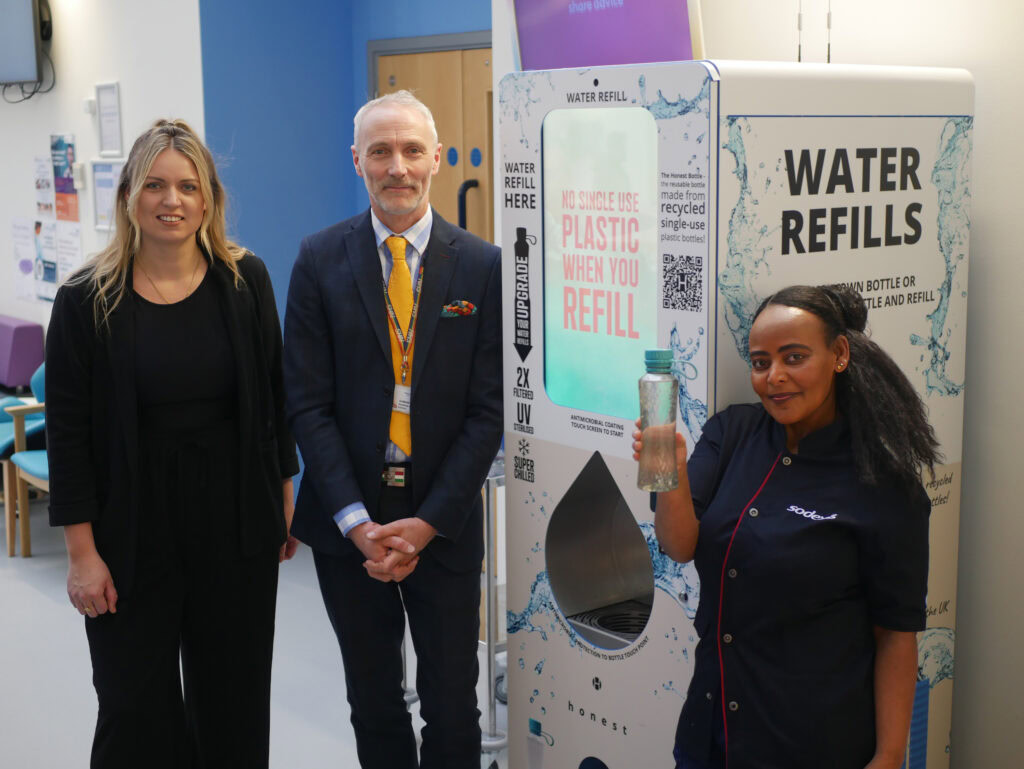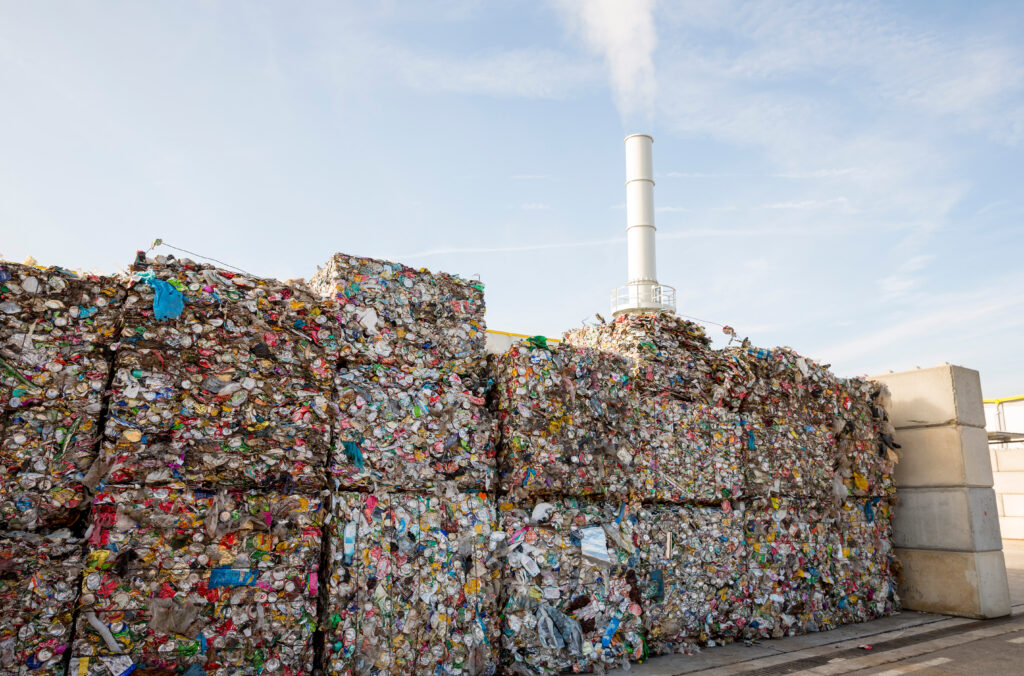This includes increasing the capacity from 170,000 to 350,000 tonnes, changing the technology and removing a solid recovered fuel (SRF) preparation unit.
The Agency launched a consultation on the proposed plans on 17 January. The plans were submitted by Thameside Energy Recovery Facility (TERFL) Ltd, which Viridor acquired last year (see letsrecycle.com story). Viridor has pledged to have the facility operational by 2026
In the non-technical summary for the application, Viridor explained that when TERFL Ltd was first granted the environmental permit in 2013 for the proposed plant, prior to being owned by Viridor, it had an approved annual capacity of 350,000 tonnes.
The permit was subsequently varied in November 2014 to reduce the capacity of the EfW facility to 170,000 tonnes of waste per annum and amend the application with the most up-to-date technical information available.
BEIS
However, Viridor explained in the permit that TERFL has recently been granted an amendment to the planning consent issued by the Department for Business, Energy and Industrial Strategy (BEIS) to enable it to process up to 350,000 tonnes of waste per annum.
It has now applied to update the permit to reflect the higher capacity, and a range of other changes. This follows a “review of the current waste market and discussions with potential technology providers,” Viridor explained.
Viridor also said it has “reviewed the design of the facility to maximise its full potential”.
Changes
The permit variation application also includes a range of changes to the plant.
It includes a bid to change the waste incineration technology from a conventional moving grate with spreader stoker system to an inclined moving grate with ram feeder.
A conventional moving grate with spreader stoker system is a type of technology that is commonly used to burn waste. This technology uses a moving grate and a spreader stoker to burn the waste.
An inclined moving grate with ram feeder is a newer technology that is being considered as an alternative to the conventional technology. This technology uses an inclined moving grate, which means that the grate is positioned at an angle, and a ram feeder, which is a mechanical device that pushes the waste onto the grate.
This new technology is aimed at being more efficient and effective at burning the waste compared to the conventional technology.
The changes would also increase in throughput from 14.9 tonnes per hour to 43.3. A planned solid recovered fuel reparation facility and associated infrastructure will also be removed under the proposals.
This variation will enable the facility to move more waste higher up the waste hierarchy
- Viridor
‘Extensive’
A spokesperson for Viridor told letsrecycle.com: “Following extensive technical assessments, Viridor has made a submission to make modifications to environmental permit of the proposed Thameside Energy Recovery Facility.
“The submission will now undergo a period of consideration by the Environment Agency and, if approved, this variation will enable the new facility to move more waste higher up the waste hierarchy by diverting it from landfill, reducing greenhouse gas emissions and producing valuable energy with what remains.”












Subscribe for free